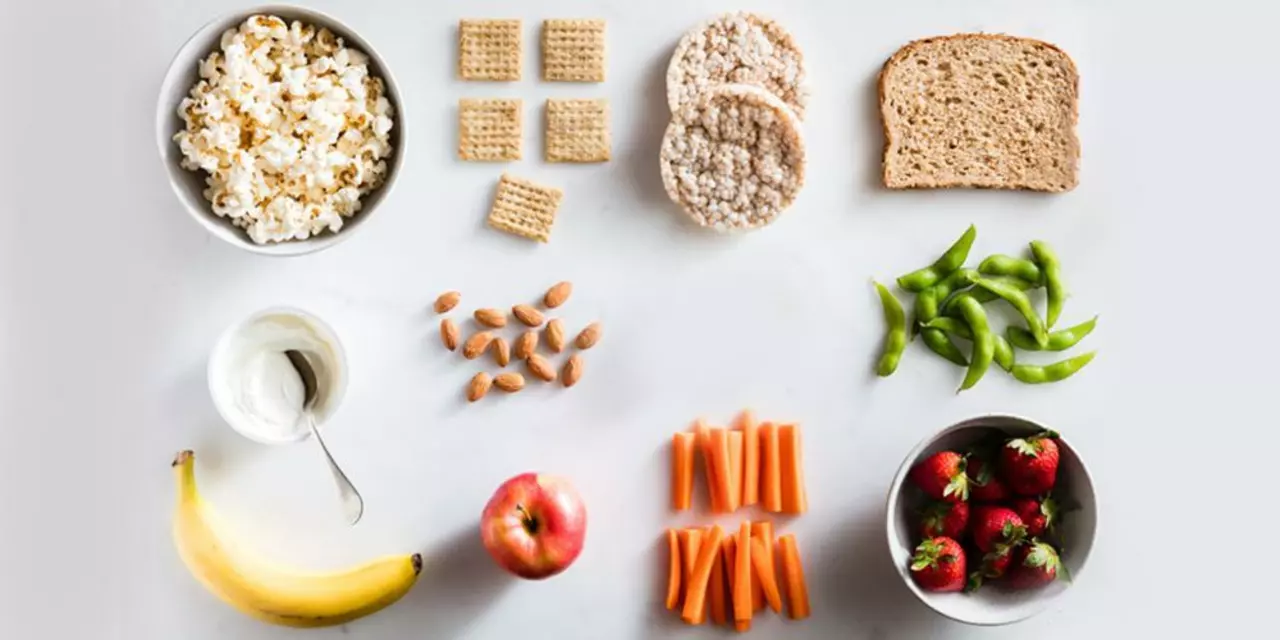Gluten-Free Diet: What It Is and How to Start
If you’ve heard the buzz around “gluten‑free” but aren’t sure what it really means, you’re not alone. Gluten is a protein found in wheat, barley, rye and anything made from them. For most people it’s harmless, but for those with celiac disease or gluten sensitivity it can trigger nasty symptoms like stomach pain, fatigue, and skin rashes.
Going gluten‑free isn’t just a trendy choice – it’s a medical necessity for some and a way to feel better for others. Below we break down the basics, show you how to shop smart, and give simple meal ideas that keep you satisfied without hidden wheat.
Who Really Needs a Gluten‑Free Diet?
Celiac disease affects about 1 in 100 people. It’s an autoimmune condition where even tiny amounts of gluten damage the small intestine. If you’ve been diagnosed, strict avoidance is non‑negotiable.
Non‑celiac gluten sensitivity (NCGS) is less clear‑cut but still causes real discomfort after eating bread or pasta. Many people with NCGS report improvements once they cut out gluten, even if tests don’t show celiac markers.
If you’re not sure whether gluten is the culprit, talk to a doctor and consider an elimination trial: remove all obvious sources for two weeks, then re‑introduce them while tracking symptoms.
Practical Tips for Eating Gluten‑Free
Read labels every time. Look for “contains wheat,” “barley,” or “rye” in the ingredient list. Even products labeled “natural” can hide gluten in additives like malt flavoring.
Choose certified gluten‑free foods. The “GF” seal means the product has been tested to contain less than 20 ppm of gluten, which is safe for most celiacs.
Avoid cross‑contamination. Use separate cutting boards, toasters, and utensils if you share a kitchen with non‑gluten eaters. Rinse canned beans or lentils before cooking to wash off any dust that might contain gluten.
Stock up on naturally gluten‑free staples. Rice, quinoa, potatoes, fresh fruits and veggies, eggs, meat, fish, nuts and most dairy are safe bets. These form the base of most meals without extra fuss.
Swap smart. Replace regular pasta with rice noodles or chickpea spaghetti. Use corn tortillas instead of wheat wraps. For baking, blend almond flour, coconut flour, and a little tapioca starch to mimic wheat texture.
Meal planning becomes easier when you think in terms of plates: half veggies, quarter protein, quarter carbs (like quinoa or sweet potato). Add a drizzle of olive oil or a sprinkle of herbs for flavor without hidden gluten.
Eating out? Call ahead and ask about gluten‑free options. Many restaurants now offer dedicated menus; just double‑check that the kitchen avoids cross‑contact.
Remember, a gluten‑free diet isn’t about sacrificing taste. With the right swaps and a bit of label vigilance, you can enjoy pizza on a cauliflower crust, brownies made with almond flour, and crispy tacos using corn shells – all without the worry of hidden wheat.
In my recent research, I stumbled upon an interesting topic that raises the question of whether there is a link between rickets and the gluten-free diet. Rickets, a bone disorder caused by a deficiency of vitamin D, calcium, or phosphate, can lead to weak and soft bones in children. Gluten-free diets have become popular for various reasons, including celiac disease and gluten intolerance. However, some studies suggest that following a gluten-free diet may lead to vitamin D deficiency and contribute to the development of rickets. Further research is needed to better understand this potential connection, but it's important for those on a gluten-free diet to ensure they're obtaining adequate levels of essential nutrients to maintain their bone health.

